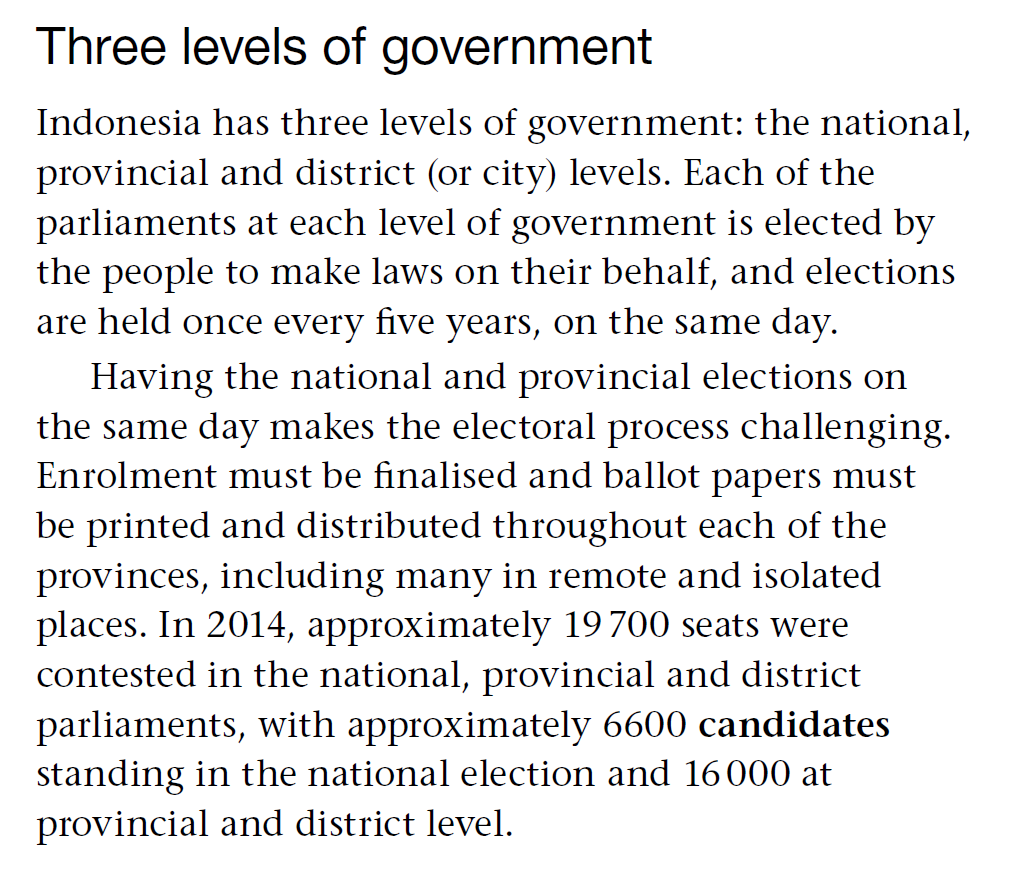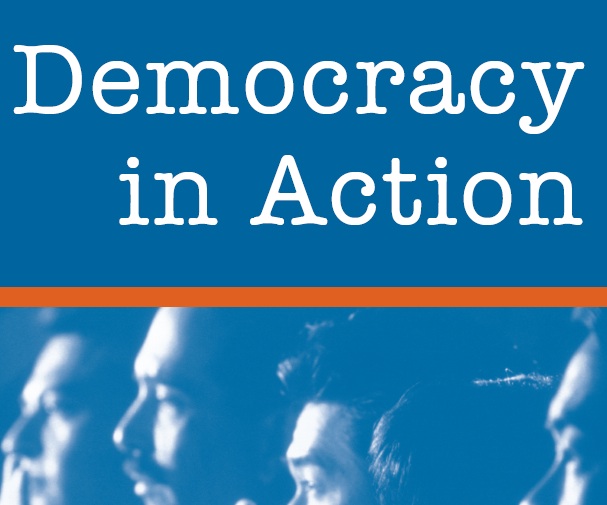Year 10 Civics and Citizenship Revision Sheet.docx
Year 10 Civics and Citizenship Test Revision Sheet
- What is meant by the term Representative Democracy?
Today, most democratic societies such as Australia are representative democracies. This means we
elect representatives to make laws on our behalf. In Australia, citizens over the age of 18 are required
to vote for candidates in elections for federal, state and local government.
How would you describe the Parliament?
a parliament, consisting of two chambers or houses, that is elected by the people to make laws
on their behalf. Citizens vote for members of the parliament in free and fair elections and all laws
must be passed by a majority (over half) of the representatives in both houses.
A parliament is a group or assembly of representatives who have been elected by the people to make laws on their behalf.
List 2 roles of Parliament.
• making new laws and altering existing laws so they reflect the views and values of the majority of the
people and benefit society
• discussing and debating matters that affect the voters
• examining problems that exist within society
• reviewing perceived injustices in the law.
What are 3 principles of government?
1. governments must protect the rights and freedoms of individuals
2 governments must make laws that reflect the views and values of the people
3 governments must be accountable to the people
4 there must be separation of powers.
What are the main aims of a liberal democracy?
• protect our broad right to freedom of speech
• protect our basic right to freedom of assembly and expression
• limit individuals from behaving in an offensive or indecent manner in public.
- Give three (3) examples of active participation in our democratic system.
I Voting
Ii Protesting
Iii writing
How are our parliamentarians held to account in our responsible government?
Parliamentary question time. The principle of responsible government also ensures
our governments are accountable by stating that any member of the government who acts in a dishonourable or irresponsible manner has a duty to resign from their position.
What is meant by the term Separation of Powers? Why is this necessary?
Another key principle that underpins Australia’s system of government is that our governments must not abuse or make laws beyond their power. In order to make sure this does not occur, our system of government is based on a principle called the separation of powers. This principle ensures that no single group or body within our parliamentary system – that is, the government, the parliament or the courts – has power over both the political and legal systems.
The three main powers at federal level consist of:
- Executive power – the power to administer or implement the law;
held by the governor-general (as the Queen’s representative), and the Prime Minister and senior ministers - Legislative power – the power to make the law; held by parliament
- Judicial power – the power to apply and interpret the law; held by the courts and allows them to enforce the law and settle disputes.
- Briefly describe the functions of the following:
The legislative arm of government - – the power to make the law; held by parliament
The Executive arm of government- the power to administer or implement the law;
The Judicial arm of government - the power to apply and interpret the law;
- What is the basis of the Westminster parliamentary system?
Westminster parliamentary system. Under this system of government, each parliament consisted of:
• the upper house
• the lower house
• the reigning English monarch or ‘Crown’.
- What part does the English monarch or ‘Crown’ play in Australian politics?
________________________________________________________________________________________________________________________________________________________________________________________________________________________________________________________________________
- What are the two (2) main functions of the Senate?
i_A house of review
ii_To protect the interests of the states. - How many electoral seats are contained the House of Representatives?
150
- How many electoral seats are there in the Senate? What is the break-up between states and territories? 12 for each of the six states, 2 for each territory - 76 in total
- What is unique about Queensland’s system of state government?
It only has a Lower House

17. List 3 differences that exist between the Indonesian and Australian systems of government.
i_ They have a parliament at district level
ii Elections are held every 5 years
iii National and provincial elections are held on the same day.
16. List 3 similarities between the Australian and Indonesian system of government. (6marks)
i_ It has 3 levels of government
ii_ Elections where the people choose their representatives.
iii_ Ballot papers are used to vote
there is a fixed term for government
18. The Japanese system of government.

What is a major difference between the Japanese and Australian system of government?
_ A majority of votes in the lower house will be sufficient to pass the bill even if rejected in the upper house.
19. How were departments and portfolios divided between the State and Federal governments at federation? What portfolios did the Federal government emerge with?
Power was vested in the States first, then parts that were common were given up to the Federal government.
20. How does the High Court of Australia serve as a checking system for the federal government?
_ Holds the government to account when a breach of the constitution is challenged.
Year 10:1 Civics and Citizenship Term 3 Test No1
Democracy
Name: _____________________________
Mark /100 |